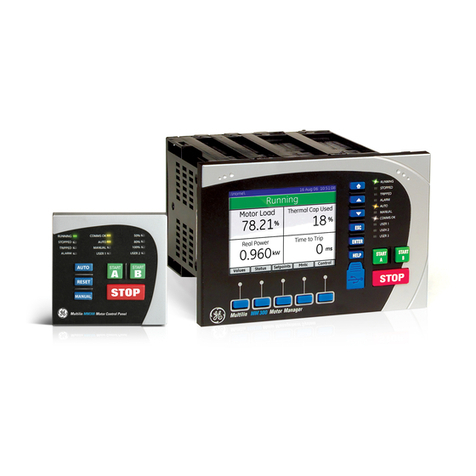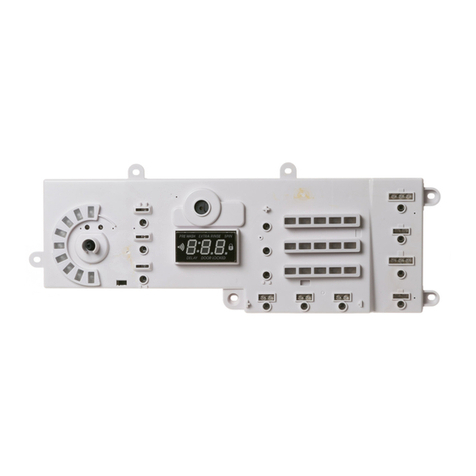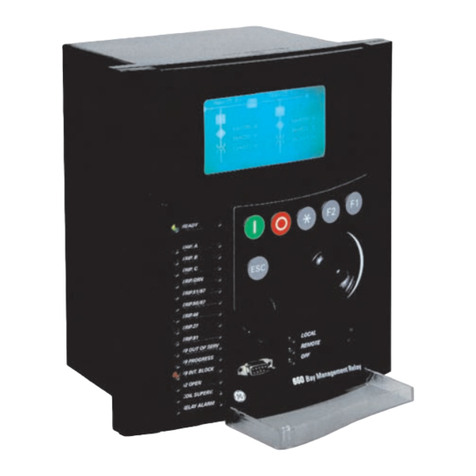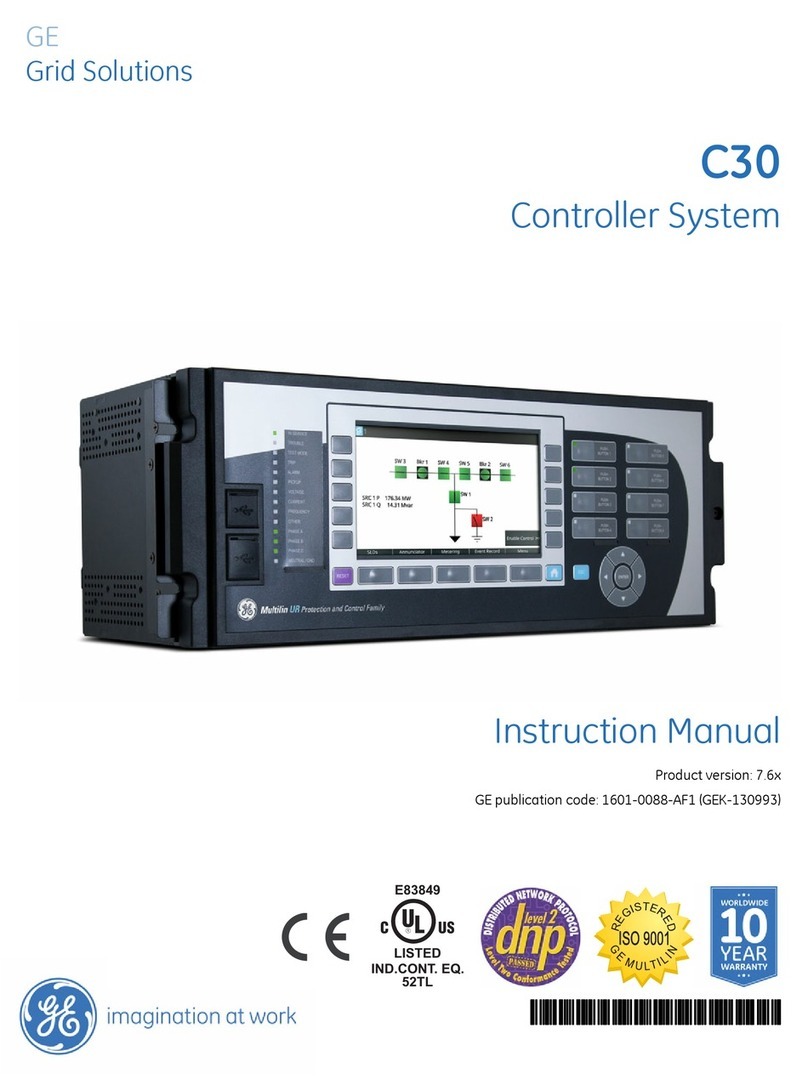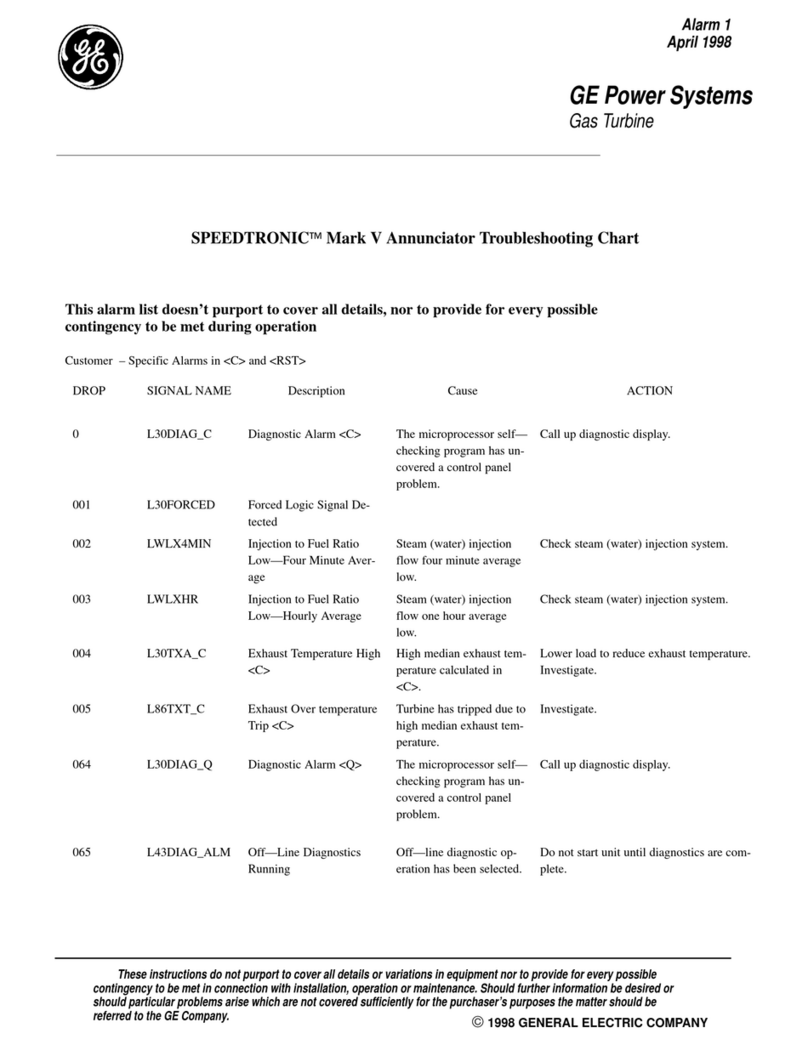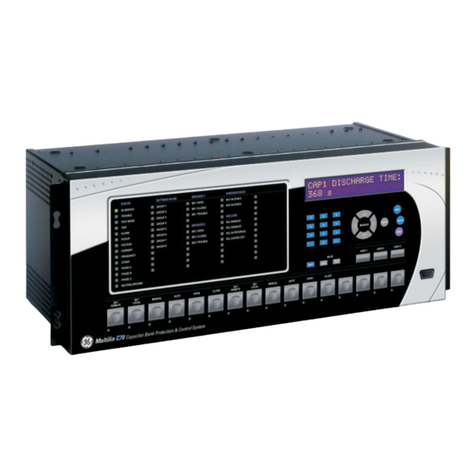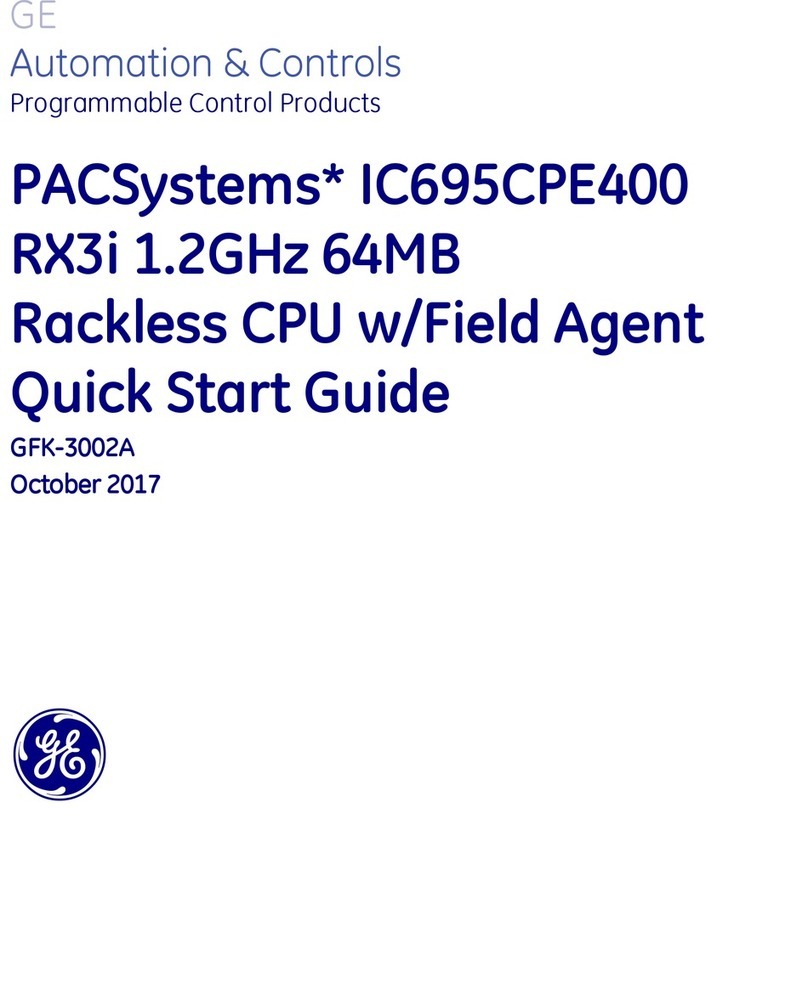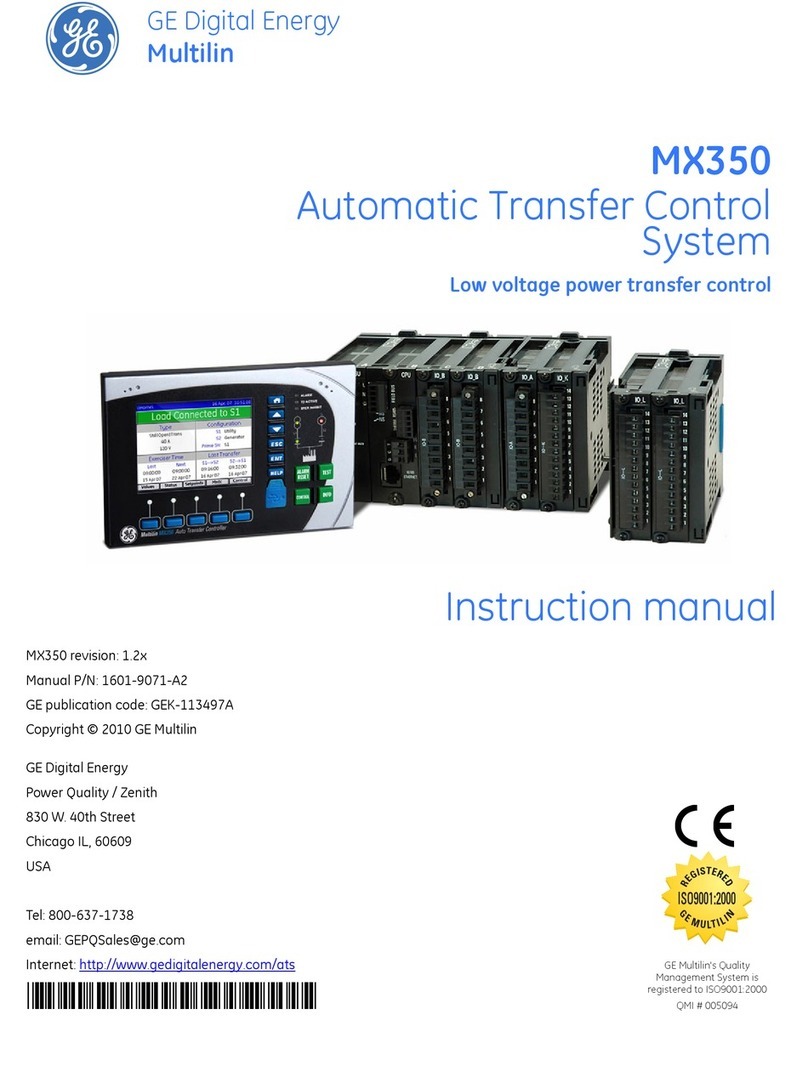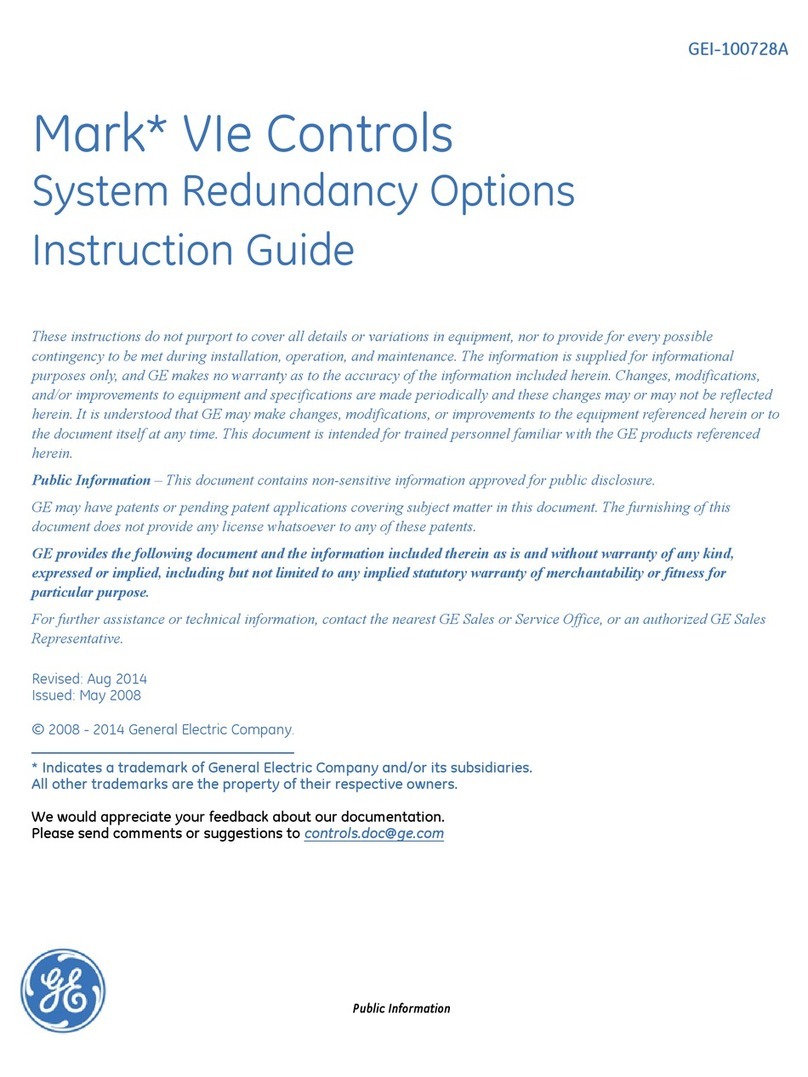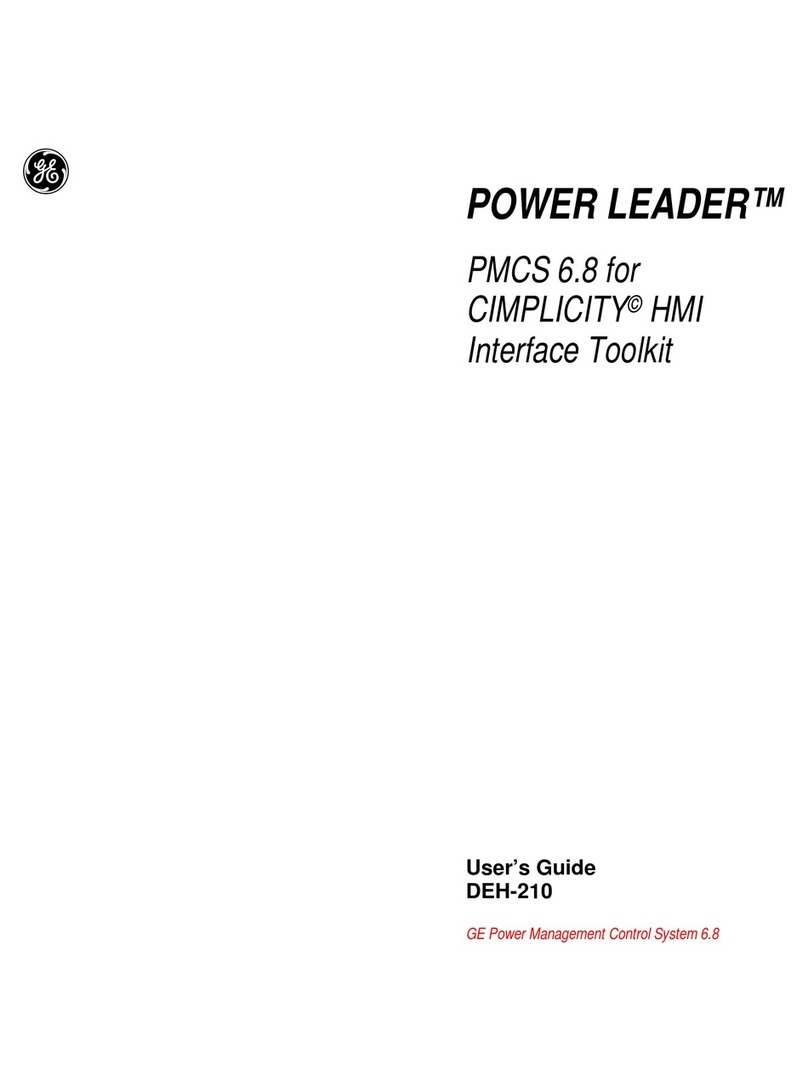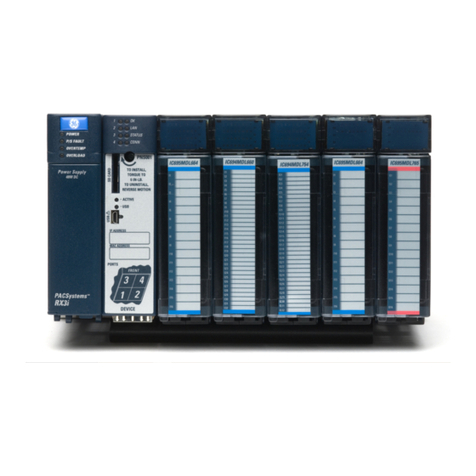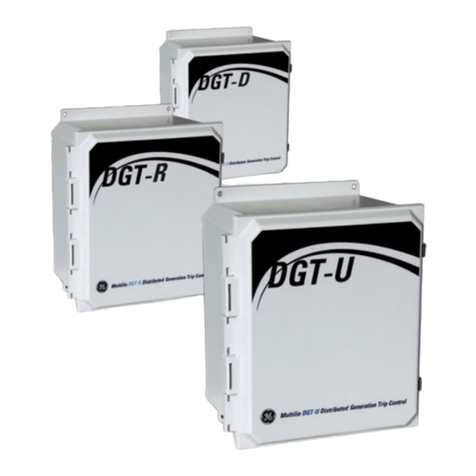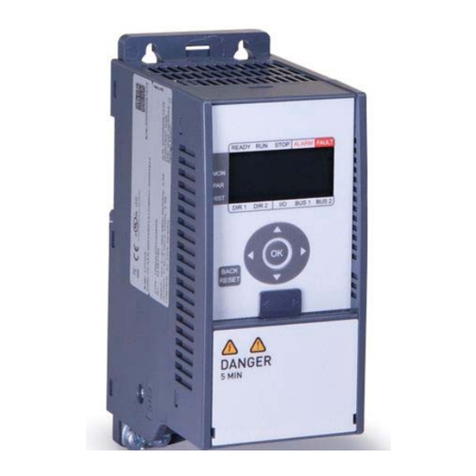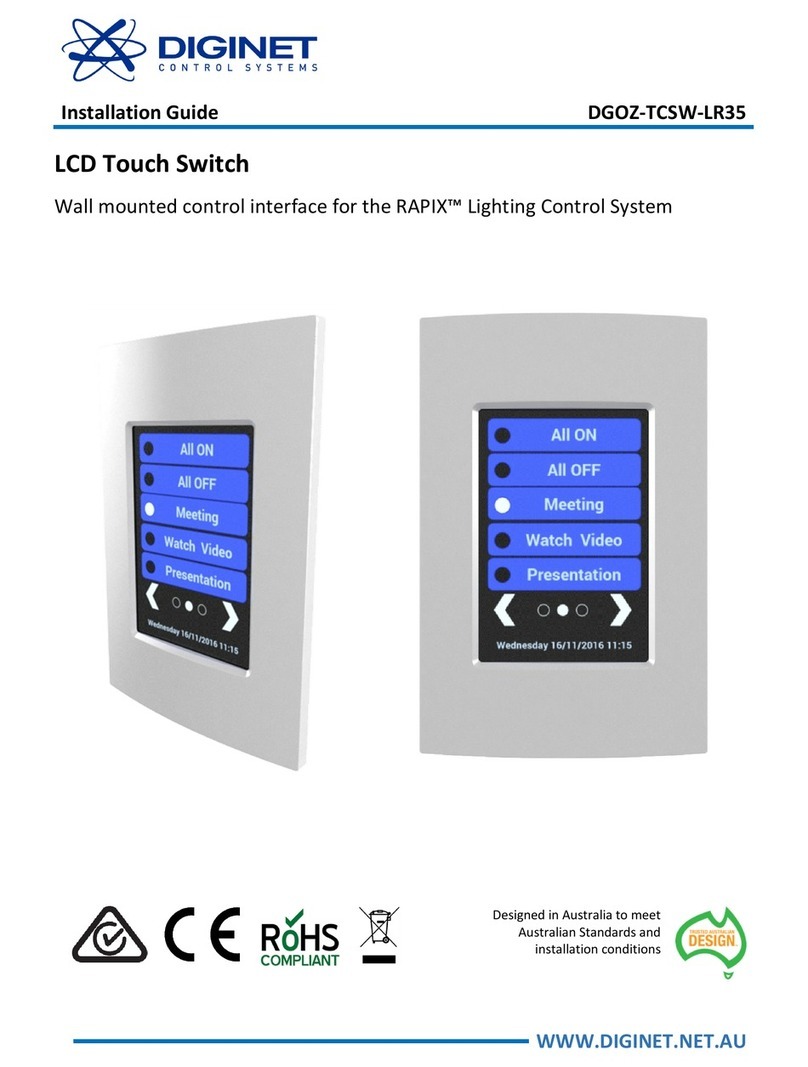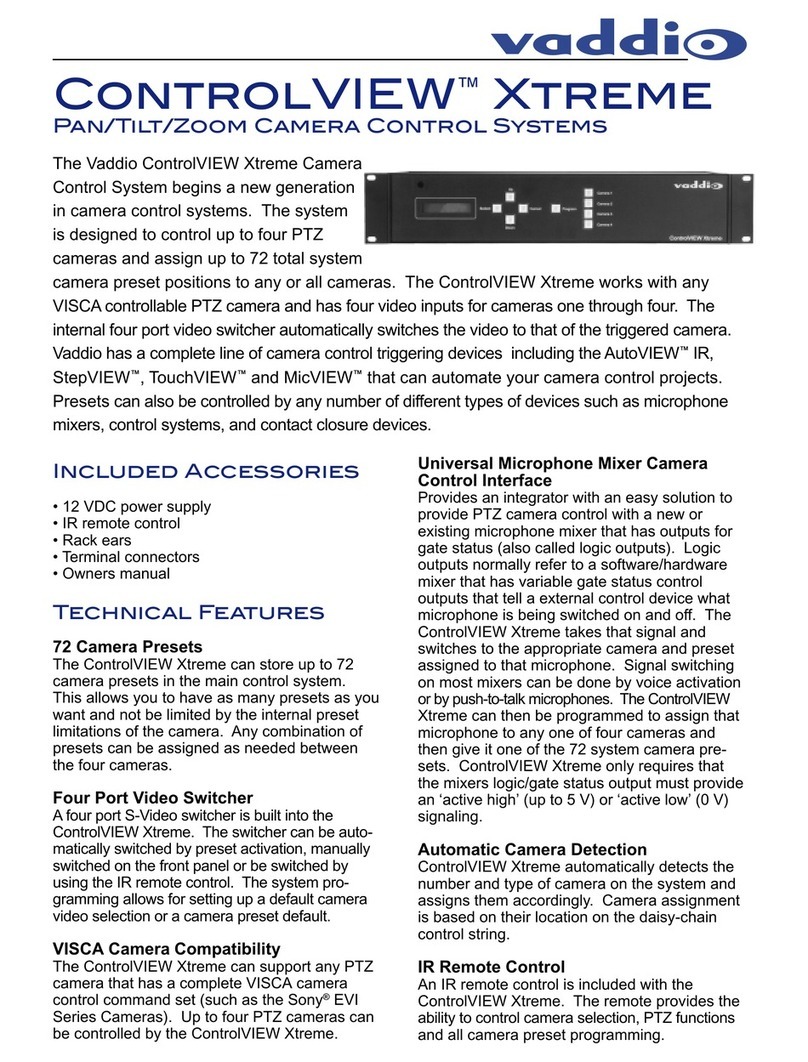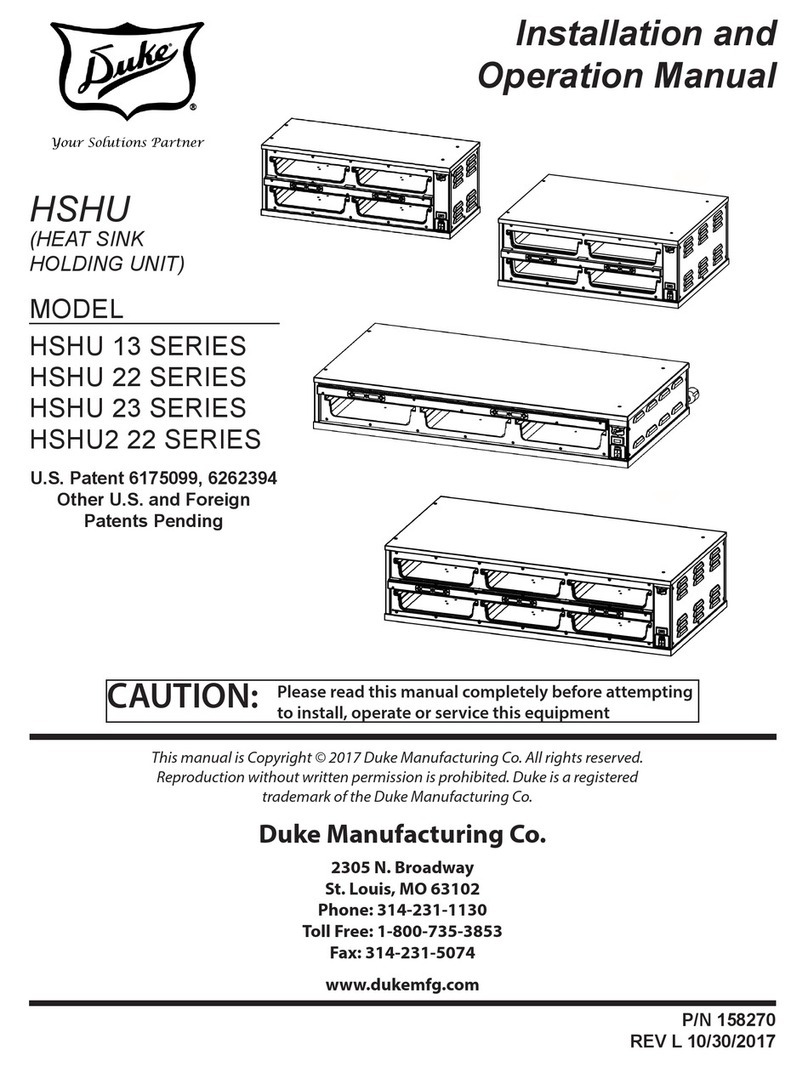
iv 745 Transformer Management Relay GE Multilin
TABLE OF CONTENTS
4.2.5 745PC INSTALLATION ......................................................................................4-8
4.2.6 STARTUP AND COMMUNICATIONS CONFIGURATION.................................4-9
4.2.7 USING 745PC ..................................................................................................4-10
5. SETPOINTS 5.1 OVERVIEW
5.1.1 SETPOINT MESSAGE MAP ..............................................................................5-1
5.1.2 SETPOINT ENTRY.............................................................................................5-4
5.1.3 SETPOINT WRITE ACCESS .............................................................................5-4
5.2 AUTO-CONFIGURATION
5.2.1 INTRODUCTION ................................................................................................5-5
5.2.2 DYNAMIC CT RATIO MISMATCH CORRECTION ............................................5-5
5.2.3 PHASE SHIFTS ON THREE-PHASE TRANSFORMERS..................................5-7
5.2.4 PHASE ANGLE CORRECTION .........................................................................5-8
5.2.5 ZERO-SEQUENCE COMPONENT REMOVAL..................................................5-9
5.2.6 TRANSFORMER TYPES .................................................................................5-10
5.2.7 PHASE SHIFTS................................................................................................5-22
5.3 S1 745 SETUP
5.3.1 PASSCODE ......................................................................................................5-23
5.3.2 PREFERENCES...............................................................................................5-23
5.3.3 COMMUNICATIONS ........................................................................................5-24
5.3.4 DNP COMMUNICATIONS................................................................................5-25
5.3.5 RESETTING .....................................................................................................5-26
5.3.6 CLOCK .............................................................................................................5-26
5.3.7 DEFAULT MESSAGES ....................................................................................5-27
5.3.8 SCRATCHPAD .................................................................................................5-27
5.3.9 INSTALLATION ................................................................................................5-28
5.3.10 UPGRADE OPTIONS .......................................................................................5-28
5.4 S2 SYSTEM SETUP
5.4.1 DESCRIPTION .................................................................................................5-29
5.4.2 TRANSFORMER ..............................................................................................5-29
5.4.3 WINDING..........................................................................................................5-31
5.4.4 ONLOAD TAP CHANGER................................................................................5-32
5.4.5 HARMONICS....................................................................................................5-32
5.4.6 FLEXCURVES™ ..............................................................................................5-33
5.4.7 VOLTAGE INPUT .............................................................................................5-33
5.4.8 AMBIENT TEMPERATURE..............................................................................5-34
5.4.9 ANALOG INPUT ...............................................................................................5-35
5.4.10 DEMAND METERING ......................................................................................5-36
5.4.11 ANALOG OUTPUTS.........................................................................................5-37
5.5 S3 LOGIC INPUTS
5.5.1 DESCRIPTION .................................................................................................5-38
5.5.2 LOGIC INPUTS 1 TO 16 ..................................................................................5-38
5.5.3 VIRTUAL INPUTS ............................................................................................5-38
5.6 S4 ELEMENTS
5.6.1 INTRODUCTION TO ELEMENTS....................................................................5-39
5.6.2 SETPOINT GROUP..........................................................................................5-40
5.6.3 DIFFERENTIAL ELEMENT ..............................................................................5-40
5.6.4 INSTANTANEOUS DIFFERENTIAL.................................................................5-48
5.6.5 PHASE OVERCURRENT.................................................................................5-49
5.6.6 NEUTRAL OVERCURRENT ............................................................................5-56
5.6.7 GROUND OVERCURRENT .............................................................................5-59
5.6.8 RESTRICTED GROUND (DIFFERENTIAL GROUND) ....................................5-62
5.6.9 NEGATIVE SEQUENCE OVERCURRENT......................................................5-65
5.6.10 FREQUENCY ...................................................................................................5-68
5.6.11 OVEREXCITATION ..........................................................................................5-73
5.6.12 HARMONICS....................................................................................................5-77
5.6.13 INSULATION AGING / LOSS OF LIFE ............................................................5-80
5.6.14 ANALOG LEVEL...............................................................................................5-84
5.6.15 CURRENT DEMAND........................................................................................5-85
5.6.16 TRANSFORMER OVERLOAD .........................................................................5-86
5.6.17 TAP CHANGER FAILURE................................................................................5-87
Courtesy of NationalSwitchgear.com
